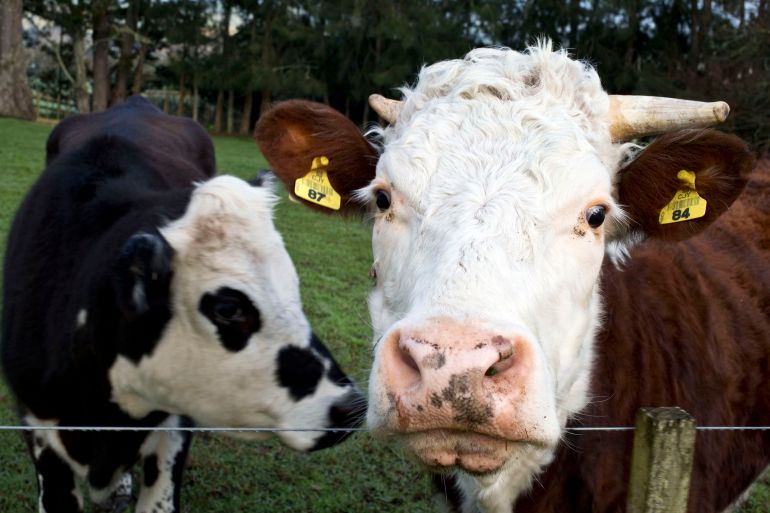Why is New Zealand banning live animal exports?

Thousands of New Zealand animals died when two ships transporting them sank. All exports of live animals were banned, and now the ban is becoming a symbol of the urban-rural divide. In one sinking in 2020, 41 crew members and 6,000 cattle on board the ship Gulf Livestock 1 were killed. Animal protection activists are celebrating the ban, but farmers and rural communities are concerned about its economic impact. The opposition National Party argues it could reduce GDP by up to $472 million, and it’s becoming an issue ahead of this year’s elections.
Keep reading
list of 4 itemsHas QAnon gone mainstream?
How close is Sudan to civil war?
How’s Ramadan in Turkey’s earthquake zone?
In this episode:
- Adrian Brown, Al Jazeera correspondent
Episode credits:
This episode was produced by Khaled Soltan with Miranda Lin and host Kevin Hirten, in for Malika Bilal. Miranda Lin fact-checked this episode.
Our sound designer is Alex Roldan. Adam Abou-Gad and Munera Al Dosari are our engagement producers.
Alexandra Locke is The Take’s executive producer, and Ney Alvarez is Al Jazeera’s head of audio.
Connect with us: